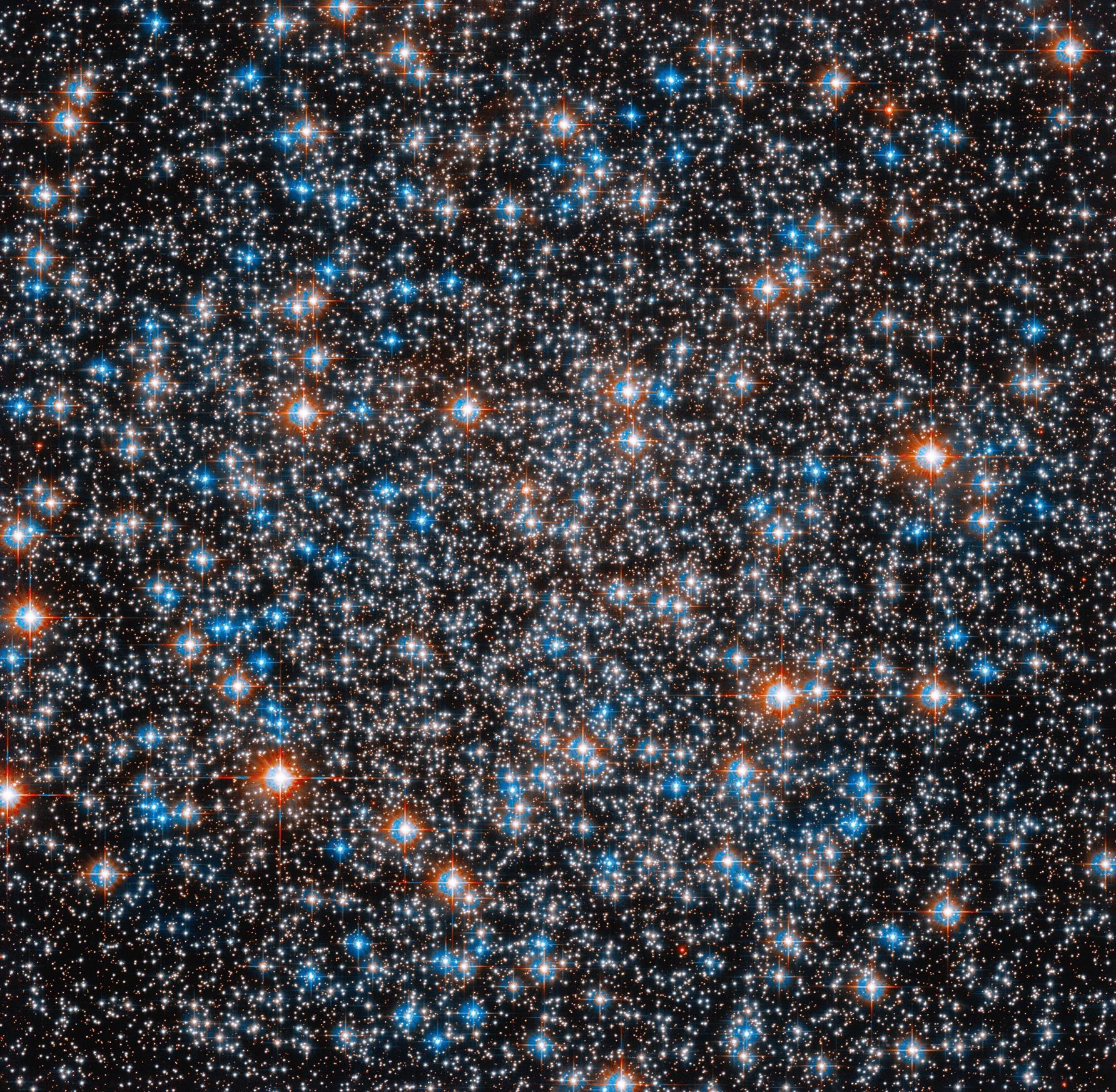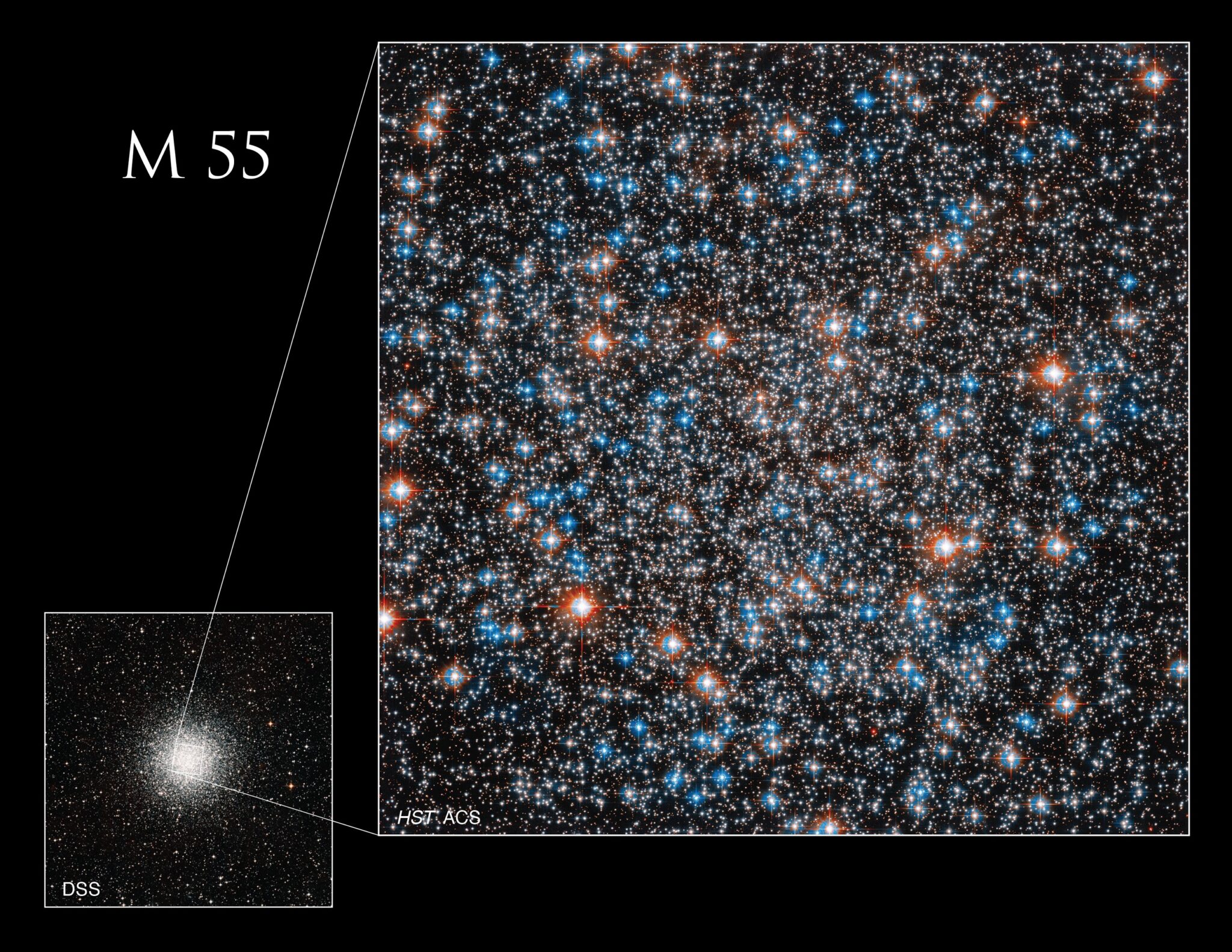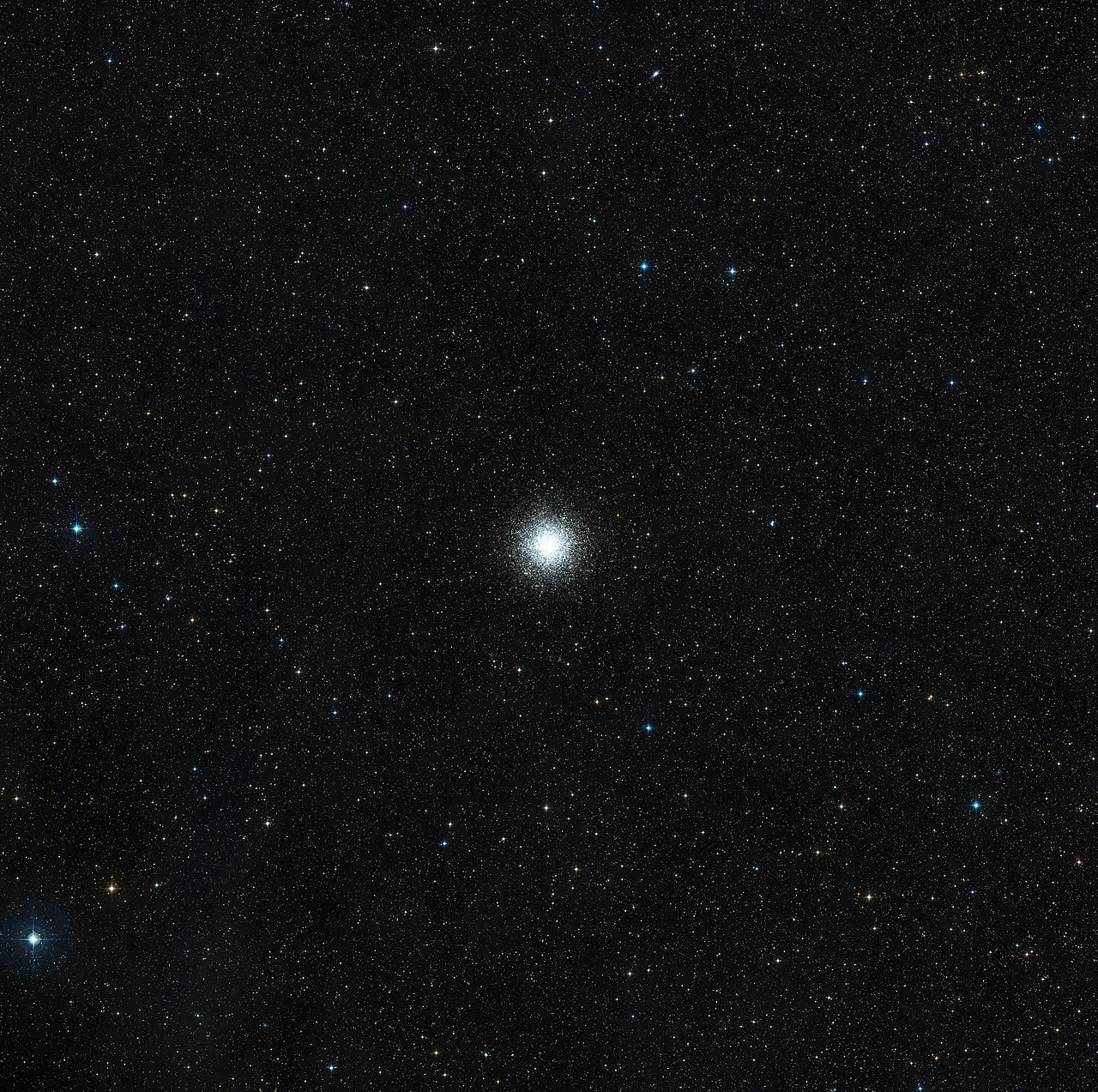While James Webb surprises us with amazing images of distant space, Hubble recently stunned us with a detailed photo of a sparkling sea of stars. The resulting photo shows a huge cluster of stars called the Messier 55 globular cluster (M55), also known as NGC 6809.

A globular cluster is a group of stars that consists of tens of thousands or even millions of stars and is held together by gravity. That’s why these clusters tend to form spherical shapes. This cluster is difficult to observe from Earth, because it is weak and does not have a complete bright center. It is also located in an area of the sky that is low above the horizon, if observed from the Northern Hemisphere, where obstacles from the earth’s atmosphere are the strongest. But Hubble can observe individual stars in the cluster due to its advantageous position in space, where it is high above the atmosphere, so it experiences less distortion.

Cluster M55 is about 100 light-years across and is located at a distance of almost 17,300 light-years from Earth. To give us an idea of the size of the cluster, NASA has published a graphic that shows the area covering the Hubble image compared to the image of the entire object taken as part of the digital sky survey.
There is also a wider view of Messier 55 provided by the European Southern Observatory using the VISTA infrared ground lens. Since VISTA’s image is taken in infrared and is presented in visible light, all the stars have the same yellow hue. But Hubble only observes the optical wavelength, so it can display different colors of starlight. Different colors correspond to different temperatures of the stars.

Astronomers are interested in learning more about the evolution of stars by studying such globular clusters, as the knowledge gained will help us better study the Sun.
Earlier we reported on two views of the Hubble telescope on one star cluster.
According to NASA.
Follow us on Twitter to get the most interesting space news in time
https://twitter.com/ust_magazine

